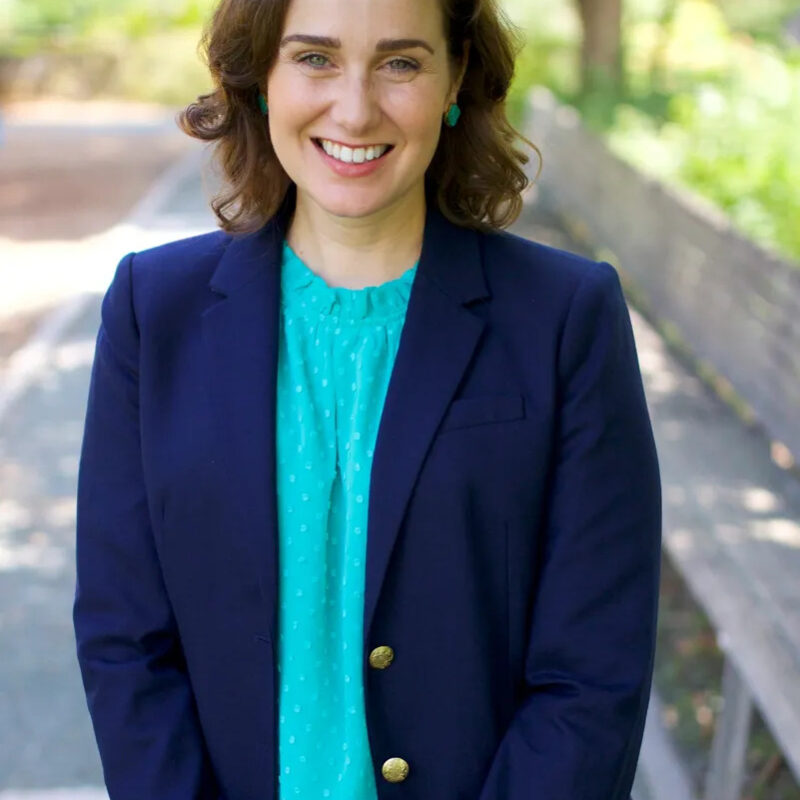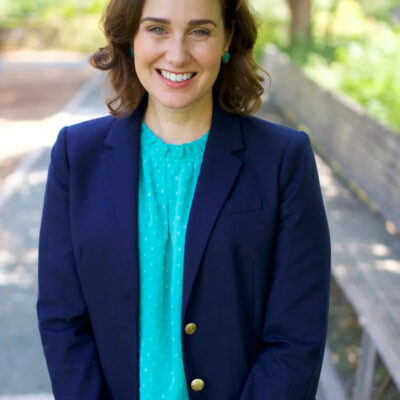|
Students in a March 18 Earth Art workshop, at Heartmoor Farm in Fluvanna, work on site-specific sculptures. (Photo by John Robinson) |
“This is about feeling more alive.”
That was one of many things Richard Louv said last Thursday during his talk at The Paramount Theater—a talk that also touched on architecture, children’s books, and high school fishing clubs. I listened with many hats on—reporter, teacher, mother. The author of Last Child in the Woods and The Nature Principle spoke to all these selves: Who doesn’t want to feel more alive in every part of her living?
| BULLETIN BOARD
Germinate this: Help raise money for the Buford City Schoolyard Gar- Park ways: What’s the future of McIntire Park? Everybody’s got an opinion. Voice yours at a public hearing on the McIntire Park East master plan. You’ve got three minutes to speak before the Parks and Recreation advisory board. The hearing is March 26 at 6pm in the Buford School auditorium. Water in your lens: Got a camera? Live in the Chesapeake Bay water- |
One idea that arose in the course of the evening was that we all have many more senses than the five that are usually recognized. This is something I’ve been saying to writing students for years, so I was excited to hear it proclaimed from the stage of the Paramount. Louv said research is beginning to show that humans may have up to 30 senses, and that being outside is one of the best ways to activate and hone them. Do you know where you are? Are you tuned in to your place’s particular brew of sensory input, from the color of not-quite-flowering redbud to the scent of invasive ladybugs?
It matters because “the environment” is everywhere, around and within us, much more intimately present than the far-off wilderness many people equate with “nature.” We need to be awake to engage with the environment that determines who we are.
Children need to learn about nature “in a context of joy, not despair,” said Louv. As adults, we’re already burdened with the knowledge of environmental devastation. But there is still a lot of beauty to be experienced—and therefore a lot of joy—and not just by looking.—Erika Howsare
Waynesboro power plant fingered for pollution
How clean is the air that we breathe? According to EarthJustice, a non-profit law firm dedicated to “defending the right of all people to a healthy environment,” it would be much cleaner if industrial power plants would “clean up their act.”
In February of this year, EarthJustice released a list of the “top 20 polluting industrial power plants in Virginia.” Number two on the list is INVISTA Sarl, right over the mountain from Charlottesville in Waynesboro.
“Much of the pollution, and particularly the most dangerous pollution in states like Virginia actually comes from industrial power plants,” said Jim Pew, EarthJustice Staff Attorney. As an industrial power plant not part of the municipal power grid, according to Pew, the plant in Waynesboro emits particulate matter by burning coal for electricity. These emissions contain mercury, chromium, and lead, a carcinogen that can be dangerous to the development of children and contribute to psychosis.
Duron Chavis, an EarthJustice Clean Air Ambassador in Richmond, spoke during a media teleconference about the fundamental human right to clean air and clean water, regardless of socioeconomic background. He noted that whatever is in the air is also in the water, on our skin, and, subsequently, in our bodies. His concern is that families who cannot afford to move elsewhere simply have to live with these emissions, and their health is at risk because they don’t have the means to leave the area.
INVISTA is one of the world’s largest integrated producers of polymers and fibers, with locations in over 20 countries, and they rejected the EarthJustice findings.
According to Roger Ramseyer, the company’s public relations officer, INVISTA has a “relentless commitment to environmental excellence,” and works with the Environmental Protection Agency to ensure protection of the environment and minimal waste. He said that the Waynesboro plant reports its compliance status with its federally approved air permit to the Virginia Department of Environmental Quality twice a year, and when compliance issues do arise, INVISTA addresses them “expeditiously.”
Ramseyer stated in an email that the charts on EarthJustice’s website are “misleading,” and “comprised of speculative, outdated, and theoretical emissions numbers.” He emphasized the Waynesboro site’s environmental efforts, including the Wildlife Habitat Council’s certification, a yearly household hazardous waste collection day, and volunteer work for the annual South River clean-up initiative.
Pew said that EarthJustice collected the data after “an information collection request in 2008,” and has been accumulating this data from the EPA since 2009. He noted that the list includes plants that “are still in the EPA database because they were open at that time, but they’re closed now,” indicating that the list may not be entirely up to date.
Their purpose in releasing this list was not to push industrial power plants toward shutting down or eliminating emissions all together. “They’re just being asked to get their emissions down to the same level that other plants have already achieved by putting on control technology that’s been available for decades,” said Pew.—Laura Ingles
Tricky task: avoiding Frankenfoods
Genetically modified organisms have been shown to cause significant health problems. A few examples include neurotoxicity (things that are toxic to the brain), depressed immune function, cancer, and fertility or reproductive concerns. To learn more of the basics about GMOs and the potential adverse effects to humans and the environment, see my February 13 posting on the Green Scene blog.
While the whats and the hows of the GMO situation are muddled and can feel overwhelming, a safe health bet is to avoid them as much as possible. A saying that has served me in the past and present is, “We know what we know when we know it.” Even though GMOs (or “Frankenfoods”) are present in staggering amounts in our food supply, there are some easy ways to avoid them or ingredients derived from GMO crops (e.g. high-fructose corn syrup, aspartame, textured vegetable protein and more).
Let’s begin with labeling. Though many marketers now use the words “all natural” or “natural,” this does not mean free from GMOs. Joe Dickson, the quality standards coordinator for Whole Foods Markets, has even stated, “There’s no way to tell if packaged products contain GMO ingredients.”
The label “made with organic ingredients” means only 70 percent of the ingredients must be organic, though 100 percent of them must be non-GMO. Yet confusion abounds: Even with the above labeling, some ingredients thought to be healthy may, in fact, be derived from GMO corn. Examples include vitamin C, ascorbic acid, and amino acids.
In some companies or suppliers, regulation exists that allows only certain people to test for GMOs. It has been suggested that some of the testers may have connections with companies such as Monsanto, which is manufacturing and using GMOs. Whether this is true or not, it creates an opening for us to take this matter seriously and determine facts for ourselves.
Local events of interest are sprouting up. Don Patterson made a presentation March 14 at Rebecca’s Natural Foods on the health impacts of the Monsanto Agricultural System, along with more about the dangers of biotech farming to our environment. And on Thursday, March 22, check out the free public film The World According to Monsanto at C’ville Coffee, 6:30-8:30pm.
In addition, I am completing a non-GMO shopping guide for our area. More information forthcoming!—Wendy Vigdor-Hess
Wendy Vigdor-Hess is a local dietitian and the author of Sweetness Without Sugar: A Resource Guide for Delicious Dairy-, Egg- and Gluten-Free Treats Made with Healthy Sweeteners.
/RI_-IMG_8363.jpg)





